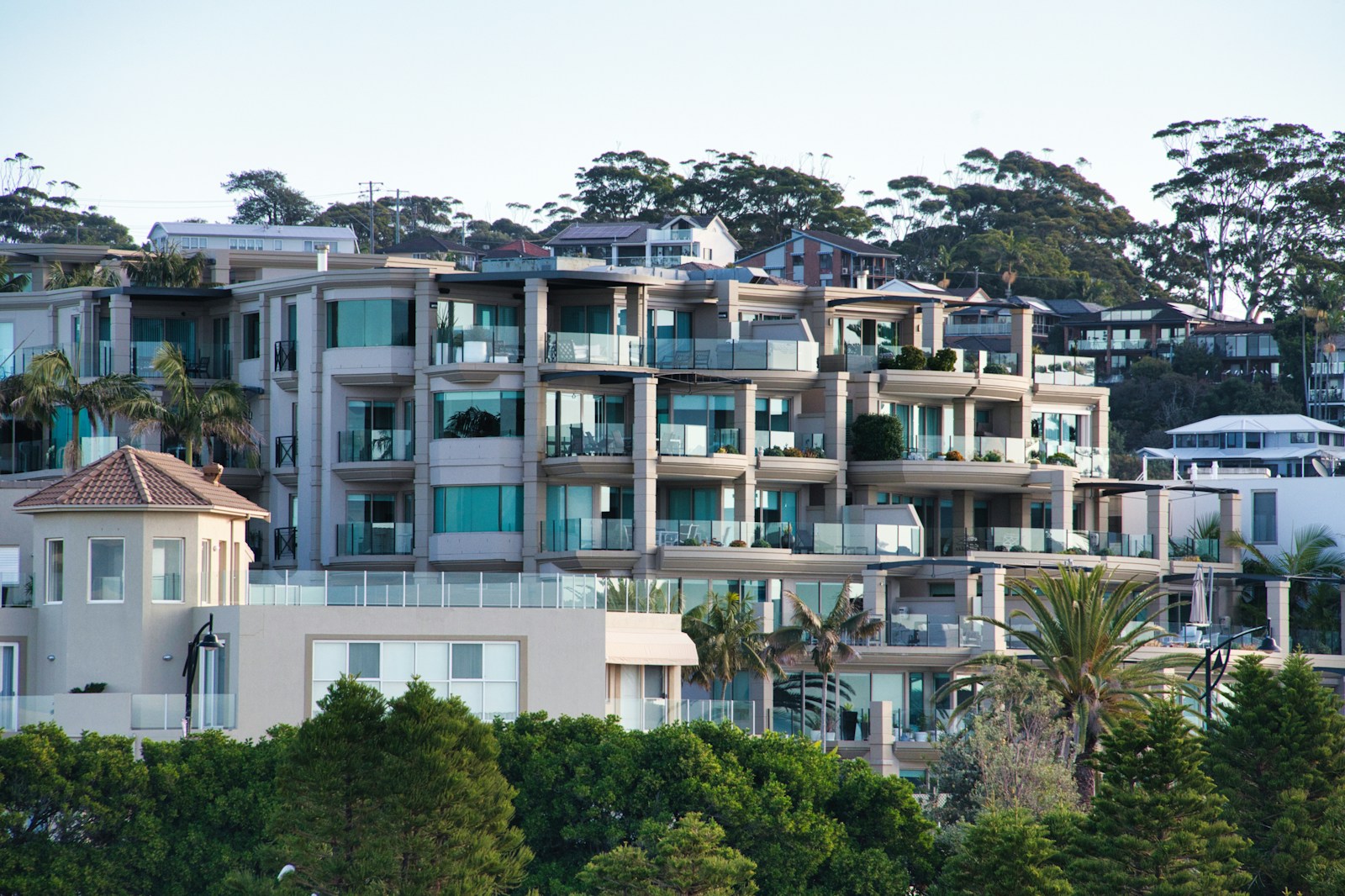Summary: The Sydney rental market remains extremely tight as we head into November 2025. With vacancy rates at historic lows and median rents elevated, renters need a proactive strategy to secure a lease — from inspections to negotiation — and be aware of key market dynamics shaping the competition.
Location / Period / Audience
- Location: Greater Sydney area (NSW)
- Period: November 2025
- Audience: Renters (prospective and existing) seeking to rent property in Sydney
Key Stats
| Metric | Value |
|---|---|
| Vacancy rate (Sydney) ~ | 1.4% (Aug 2025) :contentReference[oaicite:0]{index=0} |
| Median weekly rent – houses | ~ $1,091 pw for houses in Oct 2025 :contentReference[oaicite:1]{index=1} |
| Median weekly rent – units | ~ $721 pw for units in Oct 2025 :contentReference[oaicite:2]{index=2} |
| Annual rent increase – units | ~3.6% year-on-year (to July 2025) :contentReference[oaicite:3]{index=3} |
What changed and why
The rental market in Sydney remains one of the most competitive in Australia. Key drivers:
- Extremely low vacancy rates: With a vacancy rate around 1.4%, supply is very limited relative to demand. :contentReference[oaicite:4]{index=4}
- Strong demand: Post-COVID migration and return of international students are boosting rental demand in inner and middle-ring suburbs. :contentReference[oaicite:5]{index=5}
- Rents rising: While growth is moderate compared with previous years, median rents remain high—over $1,000 per week for houses and over $700 for units. :contentReference[oaicite:6]{index=6}
- Some signs of easing: Although still tight, a few indicators suggest slightly more stock in some areas of new apartments, giving renters a slight edge (but still very competitive). :contentReference[oaicite:7]{index=7}
Advice for Renters
- Prepare all your documentation ahead of time (ID, references, previous lease history, rental ledger if applicable) so you can apply instantly when you find a suitable place.
- Act quickly once you inspect a property — given tight supply, desirable listings may attract many applications within days. Arrive early, ask good questions, and consider inspecting on day one. :contentReference[oaicite:8]{index=8}
- Be realistic about budget and location trade-offs: if you’re targeting houses in inner suburbs you’re looking at ~$1,000+ per week; consider outer suburbs or units if your budget is lower. :contentReference[oaicite:9]{index=9}
- When negotiating, you may not have much leverage given the tight market, but you can ask for small extras (e.g., parking included, pet allowance, minor maintenance) while being respectful of the large demand.
Risks & Caveats
- Just because supply is tight now doesn’t guarantee every suburb is the same — outer-west or less-accessible suburbs may offer slightly more choice but transport/travel costs may increase.
- Rents are high in absolute terms. Even if growth slows, the level is already elevated; budgeting is critical. :contentReference[oaicite:10]{index=10}
- Inspection times can be limited and some listings may require quick decisions; ensure you’re comfortable with the condition of the property before committing.
- Policy changes (e.g., tenancy law reforms, changes to immigration) may affect supply/demand, so conditions could shift. Always factor in your ability to adapt if your lease term extends into changing market conditions.
Sources
- “Weekly Rents – Sydney”, SQM Research (accessed Oct 2025) :contentReference[oaicite:12]{index=12}
- “The Latest Rental Vacancy Rates around Australia”, PropertyUpdate (Aug 2025) :contentReference[oaicite:14]{index=14}
- “Sydney Property Market 2025 – Prices, Rentals & Insights”, Revoy (2025) :contentReference[oaicite:16]{index=16}
- “Average Rent in Sydney: Complete 2025 Breakdown”, Vmove (2025) :contentReference[oaicite:18]{index=18}
